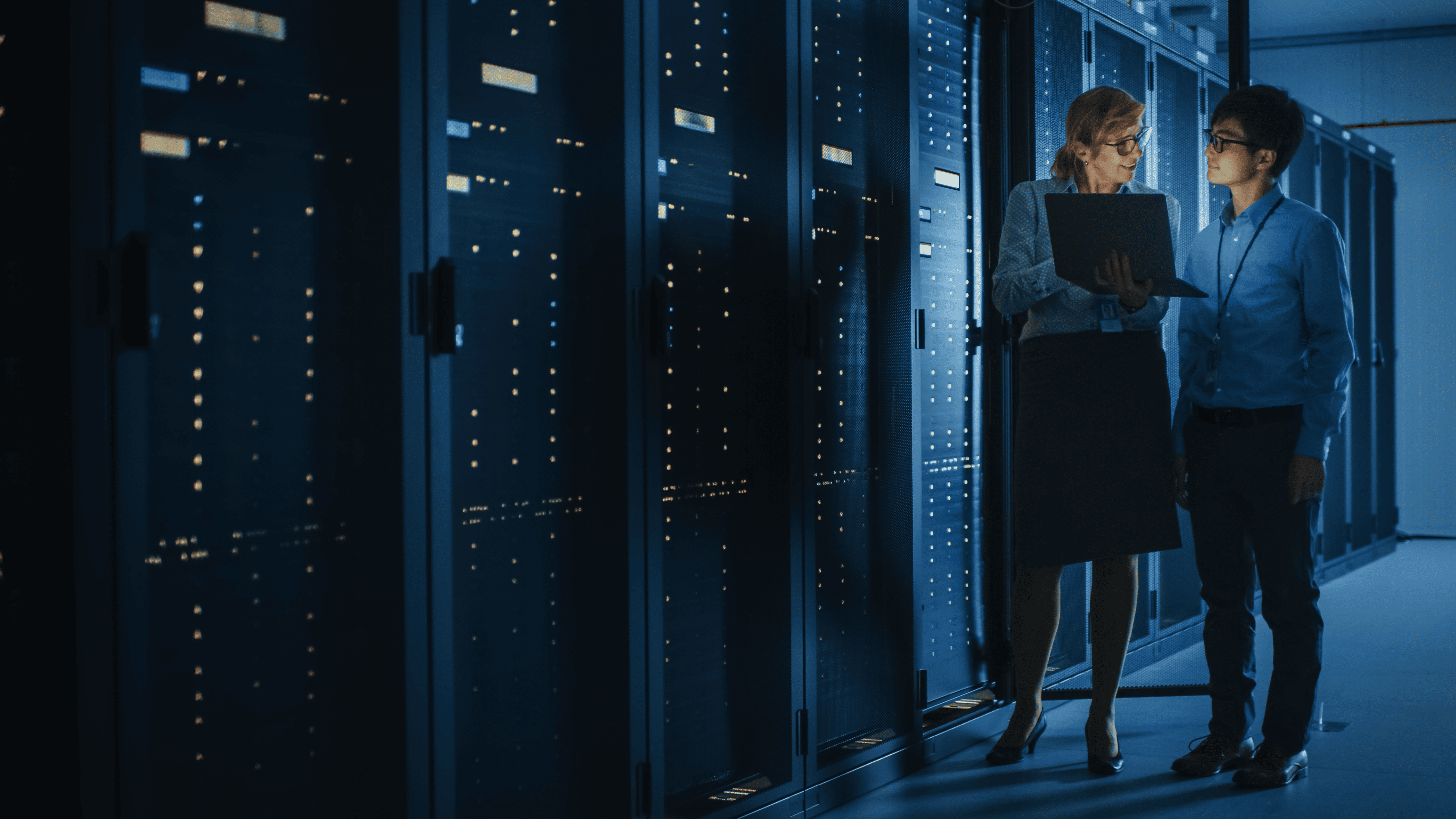

In today’s rapidly evolving digital landscape, IT companies face relentless cybersecurity threats. A single overlooked vulnerability can disrupt operations, damage reputations, and incur significant costs. Proactive cybersecurity audits are essential for safeguarding tech infrastructure and maintaining trust with clients and stakeholders. Here’s a practical checklist to help IT companies shore up their defenses and ensure comprehensive coverage across their entire environment.
A cybersecurity audit evaluates your IT infrastructure to expose vulnerabilities and verify the effectiveness of security measures. For IT companies managing critical digital assets, cloud systems, and client data, audits not only prove compliance but prevent breaches before they occur[1][2][3].
| # | Risk | Description | Example/Control |
|---|---|---|---|
| 1 | Ransomware, Malware | Disables and steals data | Endpoint protection, backups[6][7] |
| 2 | Phishing & Social Engineering | Tricks staff into revealing access | Ongoing training, MFA[6][7] |
| 3 | Insider Threats | Malicious or careless employees | Strict access controls, monitoring[6][7] |
| 4 | Unpatched Vulnerabilities | Exploited weaknesses in outdated software | Automated patching[1][5] |
| 5 | Cloud Misconfigurations | Publicly available sensitive data | Regular config reviews[8] |
| 6 | IoT and Supply Chain Risks | Compromised by weak links or design flaws | Vetting, segmentation[8] |
For IT companies, a cybersecurity audit isn’t just an exercise for compliance—it’s an investment in business continuity, client trust, and technological leadership. By systematically addressing each item in this checklist, IT leaders can dramatically reduce risk exposure and respond proactively to the ever-changing threat landscape.
For IT companies, a cybersecurity audit isn’t just an exercise for compliance—it’s an investment in business continuity, client trust, and technological leadership. By systematically addressing each item in this checklist, IT leaders can dramatically reduce risk exposure and respond proactively to the ever-changing threat landscape.
Oasys Tech Solutions enhances this approach with advanced, economical security solutions that actively monitor and protect your networks, applications, and digital assets, ensuring robust threat detection and rapid response without compromising on cost or reliability[9][10]. Their expertise empowers IT businesses to operate confidently in the digital era, knowing their infrastructure and data are shielded by a trusted cybersecurity partner[9][10].
Take action now—review your audit practices and stay resilient in a world where cyber risks can’t be ignored.
Authored by
subrat.swain@oasystspl.com